Optimal Timing for Pothole Repairs
Pothole repairs are most effective when performed during specific weather conditions that facilitate proper patch adhesion and curing. Optimal timing typically occurs during dry, moderate temperatures, avoiding extreme cold or heat, which can compromise repair quality.
Warmer temperatures and dry conditions make this period ideal for pothole repairs, ensuring materials set properly and roads remain durable.
Extended warm weather supports effective repairs, though increased traffic may require scheduling during off-peak hours.
Cooler temperatures begin but can still be suitable if weather remains dry, allowing repairs to cure before winter.
Cold temperatures and moisture hinder repair adhesion and curing, making winter an unsuitable time for effective pothole repairs.
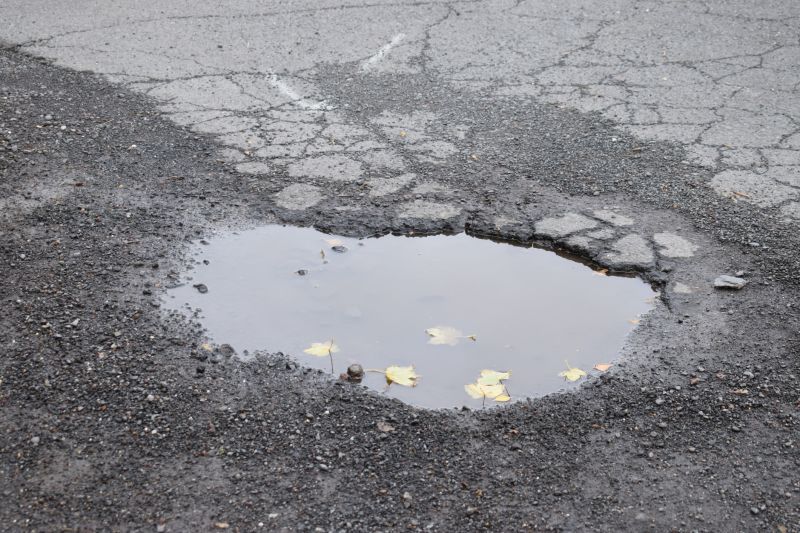
Ways to make Pothole Repairs work in tight or awkward layouts.

Popular materials for Pothole Repairs and why they hold up over time.

Simple add-ons that improve Pothole Repairs without blowing the budget.

High-end options that actually feel worth it for Pothole Repairs.
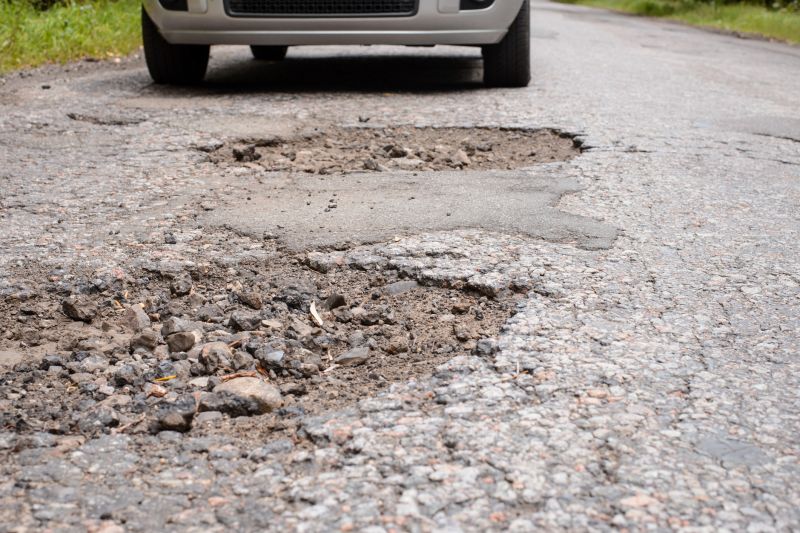
Finishes and colors that play nicely with Pothole Repairs.

Little measurements that prevent headaches on Pothole Repairs day.
Pothole repairs involve filling and sealing damaged sections of pavement to restore road surface integrity. Proper timing ensures that repairs last longer and resist further deterioration. Weather conditions significantly influence the success of repairs, with dry and moderate temperatures promoting better adhesion and curing of patching materials.
Statistics indicate that timely pothole repairs can reduce vehicle damage costs and improve road safety. Delayed repairs often lead to worsening road conditions, increased repair costs, and higher safety risks for drivers and pedestrians.
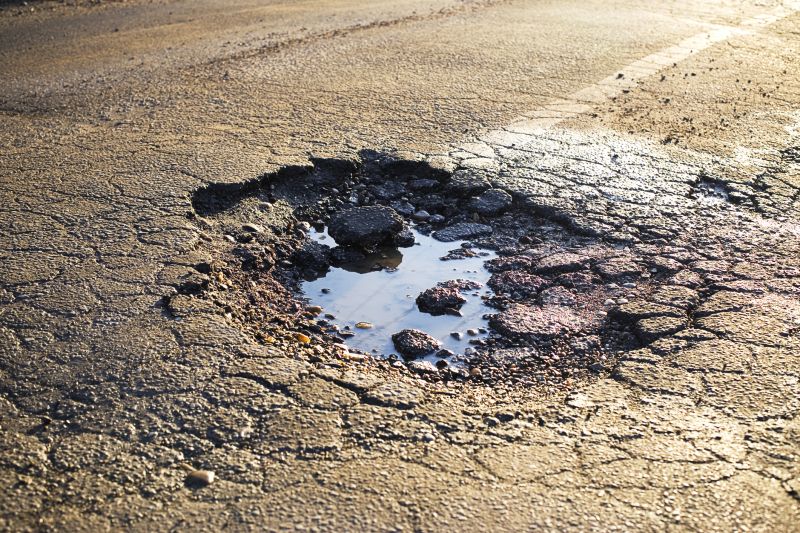
A 60-second routine that keeps Pothole Repairs looking new.
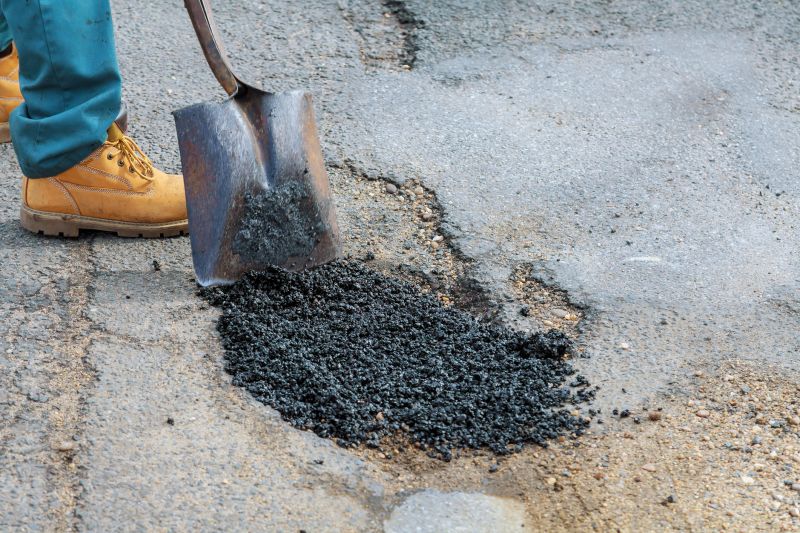
A frequent mistake in Pothole Repairs and how to dodge it.
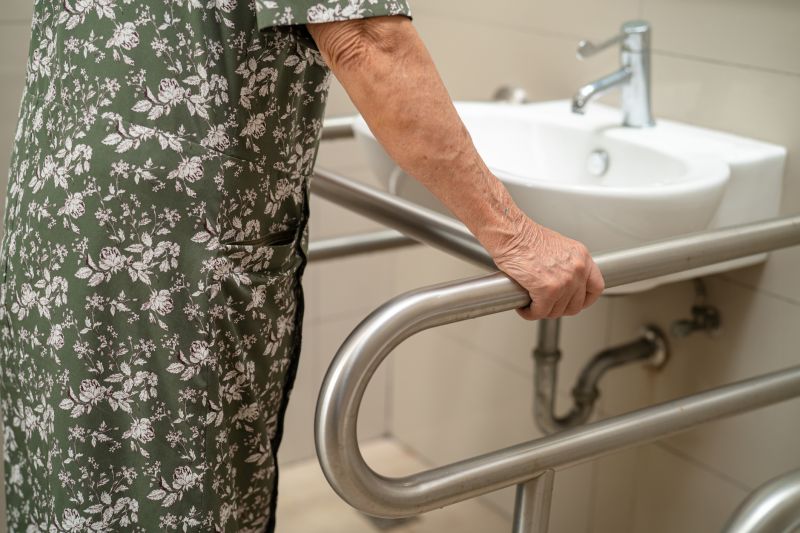
Small tweaks to make Pothole Repairs safer and easier to use.
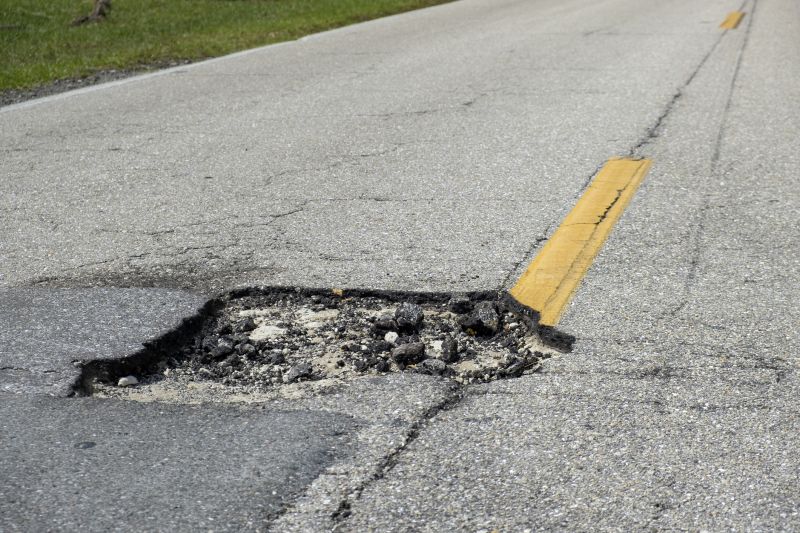
Lower-waste or water-saving choices for Pothole Repairs.
| Season | Best Conditions for Pothole Repairs |
|---|---|
| Spring | Dry, moderate temperatures, low precipitation |
| Summer | Warm, dry weather, minimal rainfall |
| Fall | Cooler temperatures, dry conditions |
| Winter | Cold, wet, and frozen conditions are unsuitable |
Filling potholes during optimal weather conditions ensures longer-lasting repairs and reduces the likelihood of rework. Scheduling repairs during favorable periods minimizes disruptions and enhances the durability of the patching materials.
Interested in scheduling pothole repairs? Filling out the contact form provides an opportunity to discuss timing and requirements for effective road maintenance.



